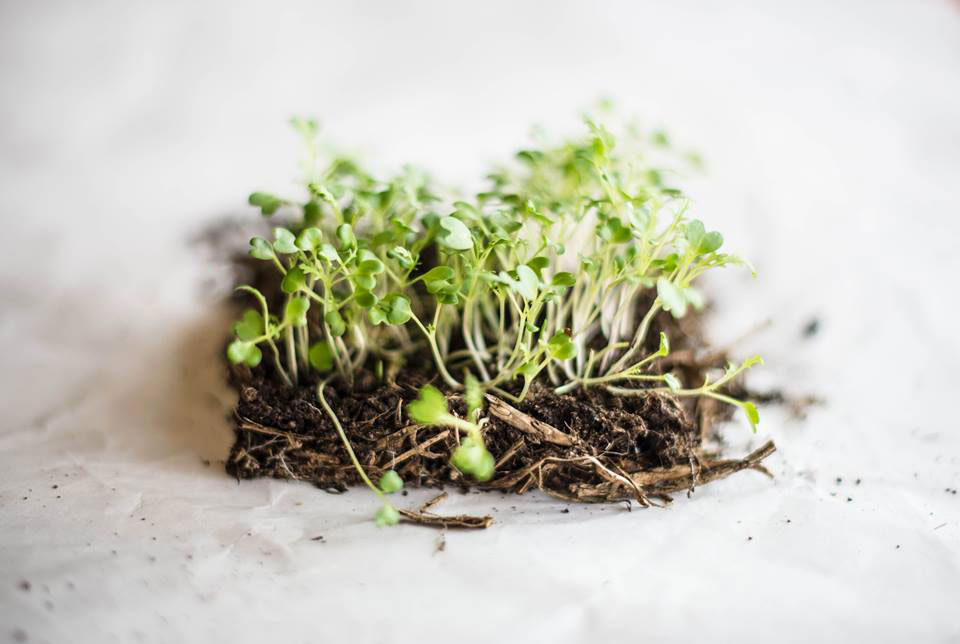Choosing the Location
First and foremost, it is essential to understand the space that the garden will occupy. A window? A shelf? An entire balcony?
From there, select a spot that receives at least 4 hours of sunlight each day and is well-ventilated but not overly exposed to the wind.
Light is nourishment for the plant. Just as we need water and food, the plant requires water, light, and nutrients. Without sunlight (or artificial light with the same spectrum), the plant cannot perform photosynthesis and will not survive.
Preparing the Soil
Mix half soil with half organic compost or worm humus.
Where to Plant
In a Grow Bag, a Grow Cork, a Mini Garden, simple pots, bottles, window boxes, or vertical structures. Fill the bottom of the pot with gravel or pieces of brick to aid in drainage.
What to Plant
You can choose aromatic herbs or small vegetables such as lettuce, cilantro, basil, arugula, or cherry tomatoes.
If you have never cared for a plant before, basil is a good choice—it grows quickly and signals when it needs water.
Note: the smallest seeds do not need to be buried. Just lightly cover them with the substrate.
When to Water
Check with your finger if the soil is moist and only water if it is dry. Keep in mind that overwatering can be just as harmful as underwatering.
Care to Take
If old, dry, or rotten leaves appear, remove them. They are gateways to weakening the plant.
What are the main mistakes made by those who create a garden at home?
- Forgetting to water, overwatering, and placing in a shaded location
- Planting too many varieties in the same pot
- Not preparing the drainage of the pots
- Not removing weeds
- Not fertilizing


